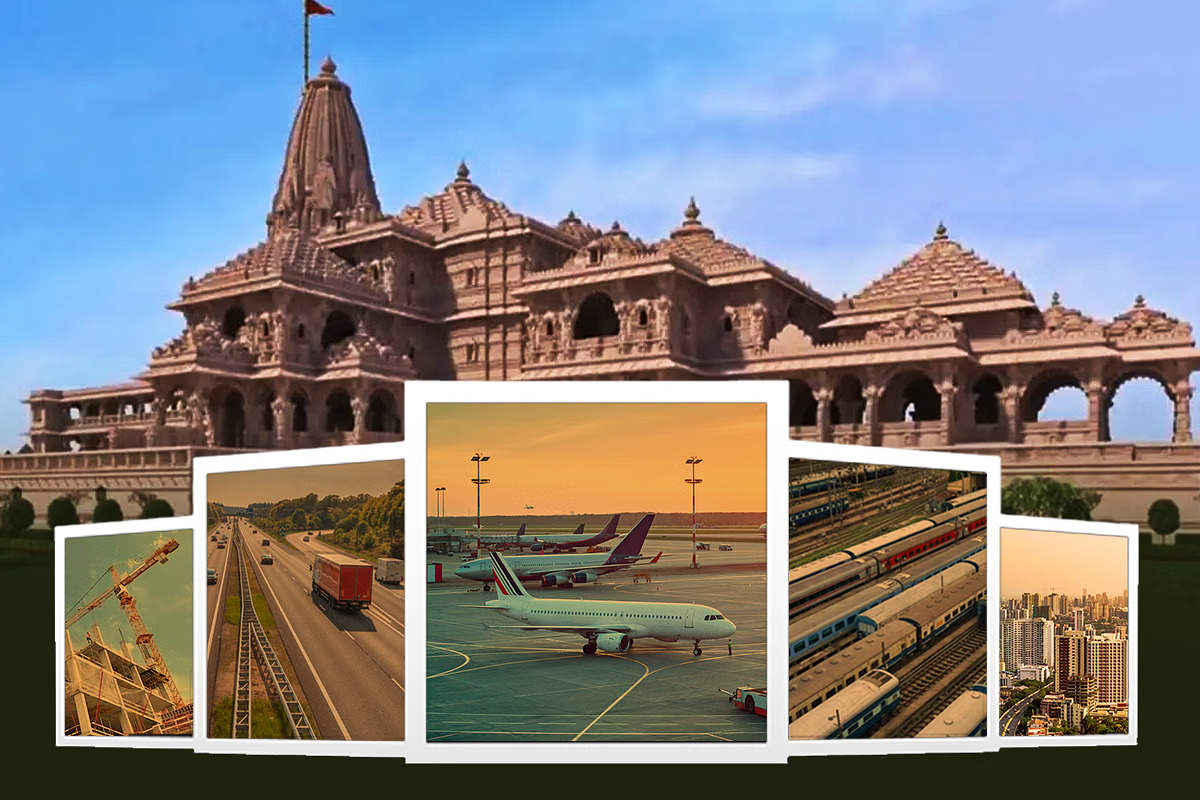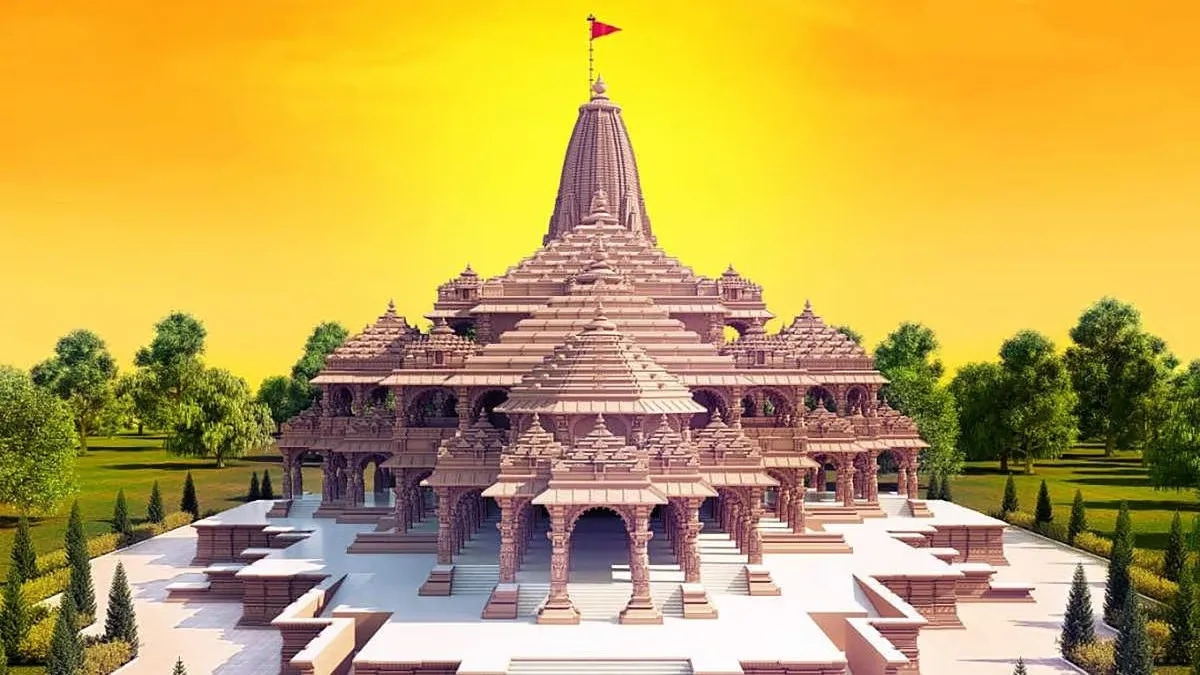Ram Janmabhoomi, often referred to as the birthplace of Lord Rama, is a site that holds immense historical, cultural, and religious significance in India. The name translates to "Rama's birthplace" in Sanskrit, and it has been at the center of a long-standing socio-political and religious debate. The controversy surrounding the site has deep roots that go back centuries, and the narrative involves a blend of mythology, history, and modern-day political dynamics.
The religious significance of Ram Janmabhoomi is rooted in the Hindu epic Ramayana, which narrates the life and adventures of Lord Rama. According to the epic, Ayodhya is identified as the birthplace of Rama, the seventh avatar of Lord Vishnu. The exact spot is believed to be the birthplace of Rama, marked by the janmasthan (birthplace) of Rama.
The historical background of the Ram Janmabhoomi site becomes complex due to a series of events over the centuries. The Babri Masjid, a mosque believed to have been built in the 16th century by the Mughal emperor Babur, stood on the disputed site. In 1992, the mosque was demolished by a group of Hindu activists, leading to heightened tensions and communal unrest.

The dispute over the ownership of the site has been a subject of legal battles for decades. The case reached its zenith in 2019 when the Supreme Court of India delivered a landmark judgment. The court ruled in favor of the construction of a Hindu temple at the site, while also allocating an alternate piece of land for the construction of a mosque.
The Ram Janmabhoomi controversy has had a profound impact on Indian society. The issue has been a focal point for political mobilization, with various parties leveraging it to gain support from their respective constituencies. The judgment by the Supreme Court aimed to bring closure to the longstanding dispute, emphasizing the need for communal harmony and peaceful coexistence.
The construction of the Ram Temple at the site symbolizes a cultural rejuvenation and a reclamation of historical and religious heritage for many Hindus. The project has garnered support from across the country, with people contributing both financially and emotionally to witness the fruition of the long-standing dream of a grand temple dedicated to Lord Rama.
Ram Janmabhoomi represents a confluence of mythology, history, and contemporary socio-political dynamics. The journey of the site from a disputed religious landmark to the construction of the Ram Temple reflects the complexity of India's diverse cultural landscape. As the temple stands tall, it not only signifies the worship of Lord Rama but also serves as a reminder of the nation's ability to find amicable solutions to historical disputes and move forward towards a more inclusive and harmonious future.
